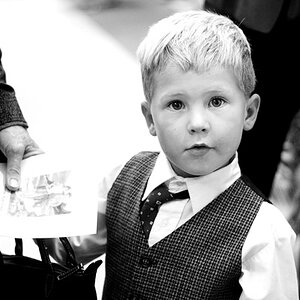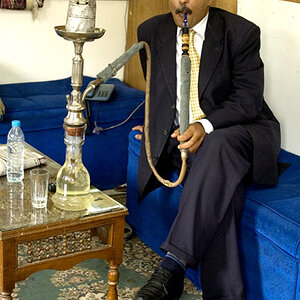- Joined
- Dec 16, 2003
- Messages
- 33,896
- Reaction score
- 1,853
- Location
- Edmonton
- Website
- www.mikehodson.ca
- Can others edit my Photos
- Photos NOT OK to edit
If you have parts of your image that are blowing out...then you are over exposing. That is why I recommended reducing the exposure.I have been working on shots in my studio for about the past week and I have noticed that my shots appear to be overexposed. According to the histogram on the camera and in Lightroom, the exposure is perfect but the photo just seems blown out. I have been taking pictures of my wife that is pretty fair-skinned and the left side of her face seems to be blown out. Again, according to histograms the photo is not.
If you like the exposure that you have (say, on her face) but are still getting parts that are blown out...then you need to diagnose where the blown out parts are being lit from, and change something. It might be something like your background umbrella is sending light back to your subject...or maybe it's bouncing off of the wall or ceiling. It's important for you to consider all of the light sources that may be affecting your scene....and that includes the light that is bouncing off of surfaces in the room.
Like we mentioned above, starting with one light can really help you to visualize where the light is going. Besides adding light to your subject with a reflector, remember that you can subtract light from your subject by blocking light. You can use just about anything to block light, we call them flags or Gobos (Go Between). Black objects work well because they won't reflect much light back into your scene.
Lastly, you say that parts of your image are starting to blow out...but that the histogram looks fine. That makes me wonder what you consider a good histogram to be...maybe you could upload a sample image, along with the histogram.







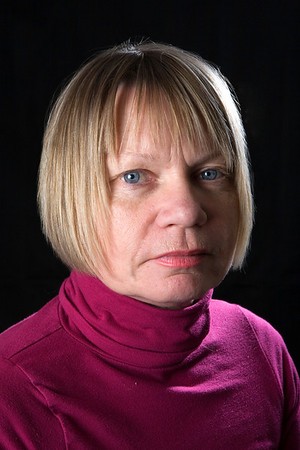
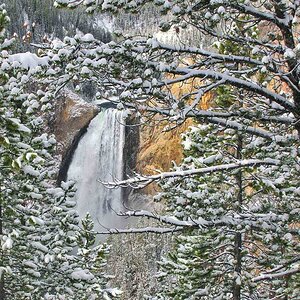
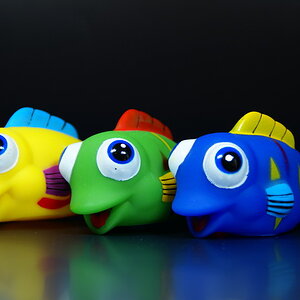

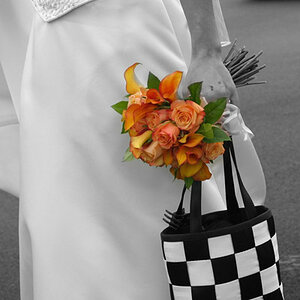
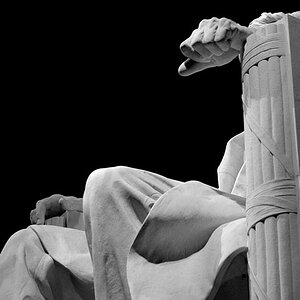
![[No title]](/data/xfmg/thumbnail/35/35670-0571a45fff5cc94fc333fb959ce54517.jpg?1619737091)
![[No title]](/data/xfmg/thumbnail/38/38263-ad5e4c9e677626ddb5b1e7cdf9ebe40e.jpg?1619738548)
![[No title]](/data/xfmg/thumbnail/35/35262-02f8eba4a2a92dbae0b55547bba80b4f.jpg?1619736968)
![[No title]](/data/xfmg/thumbnail/37/37615-78a9bdab877c191919a156f901325ee1.jpg?1619738151)
